- Home
- Video Courses
- Certifications
- AWS Certified Data Analytics - Specialty: AWS Certified Data Analytics - Specialty (DAS-C01) Dumps

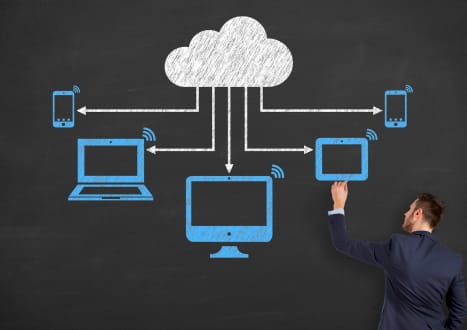
AWS Certified Data Analytics - Specialty: AWS Certified Data Analytics - Specialty (DAS-C01) Certification Video Training Course
AWS Certified Data Analytics - Specialty: AWS Certified Data Analytics - Specialty (DAS-C01) Certification Video Training Course includes 124 Lectures which proven in-depth knowledge on all key concepts of the exam. Pass your exam easily and learn everything you need with our AWS Certified Data Analytics - Specialty: AWS Certified Data Analytics - Specialty (DAS-C01) Certification Training Video Course.
Curriculum for Amazon AWS Certified Data Analytics - Specialty Certification Video Training Course









AWS Certified Data Analytics - Specialty: AWS Certified Data Analytics - Specialty (DAS-C01) Certification Video Training Course Info:
The Complete Course from ExamCollection industry leading experts to help you prepare and provides the full 360 solution for self prep including AWS Certified Data Analytics - Specialty: AWS Certified Data Analytics - Specialty (DAS-C01) Certification Video Training Course, Practice Test Questions and Answers, Study Guide & Exam Dumps.
AWS Certified Data Analytics - Specialty Certification: Complete Practice Test Course
What You'll Learn
Master the AWS Certified Data Analytics - Specialty certification through comprehensive practice testing and strategic preparation. This course provides extensive hands-on experience with real exam scenarios, covering all domains of the AWS Data Analytics specialty certification. You will develop proficiency in designing, building, securing, and maintaining analytics solutions on AWS cloud platform.
Through structured practice examinations, you will gain deep understanding of data collection systems, storage and data management solutions, data processing architectures, analysis and visualization techniques, and data security implementations. The course emphasizes practical application of AWS services including Amazon Kinesis, AWS Glue, Amazon EMR, Amazon Redshift, Amazon Athena, Amazon QuickSight, and numerous other analytics services.
You will learn to architect end-to-end analytics solutions that handle streaming and batch data processing, implement proper data governance frameworks, optimize performance for large-scale analytics workloads, and ensure compliance with security best practices. The practice tests simulate real certification exam conditions, helping you identify knowledge gaps and strengthen weak areas before attempting the actual certification.
The course covers advanced topics such as machine learning integration with analytics pipelines, serverless analytics architectures, cost optimization strategies, and troubleshooting common issues in production analytics environments. You will practice designing solutions for various business scenarios including real-time analytics, data warehousing, log analysis, and business intelligence implementations.
Requirements
Before enrolling in this AWS Certified Data Analytics - Specialty Certification practice course, candidates should meet several important prerequisites to maximize their learning experience and success potential. The AWS Data Analytics specialty certification represents an advanced level credential that requires substantial foundational knowledge and practical experience with cloud computing concepts and AWS services.
Fundamental cloud computing knowledge forms the cornerstone of preparation for this certification. Students should understand basic cloud service models including Infrastructure as a Service (IaaS), Platform as a Service (PaaS), and Software as a Service (SaaS). Additionally, comprehensive understanding of AWS core services such as Amazon EC2, Amazon S3, AWS IAM, and Amazon VPC is essential for grasping more complex analytics architectures covered in the certification exam.
Professional experience with data analytics, data engineering, or business intelligence roles significantly enhances preparation effectiveness. Candidates should possess practical understanding of data lifecycle management, including data ingestion, transformation, storage, analysis, and visualization processes. Experience with SQL query language is mandatory, as many AWS analytics services rely heavily on SQL-based operations and optimizations.
Programming knowledge, particularly in Python, Java, or Scala, proves valuable for understanding data processing frameworks and custom analytics solutions. While not every exam question requires programming expertise, familiarity with these languages helps candidates understand code examples and architectural decisions presented in exam scenarios.
Prior AWS certification achievements, such as AWS Certified Solutions Architect - Associate or AWS Certified Developer - Associate, provide valuable foundation knowledge. However, these certifications are not mandatory requirements, though they significantly improve preparation efficiency and concept comprehension.
Hands-on experience with big data technologies outside AWS ecosystem benefits candidates substantially. Knowledge of Apache Hadoop, Apache Spark, Apache Kafka, Elasticsearch, or similar distributed computing frameworks provides context for understanding AWS managed equivalents and their architectural advantages.
Understanding of data warehouse concepts, dimensional modeling, ETL processes, and business intelligence fundamentals enables better comprehension of analytics solution design patterns. Experience with traditional relational database management systems (RDBMS) and NoSQL databases provides essential context for choosing appropriate AWS storage solutions.
Network and security fundamentals knowledge is crucial for understanding how analytics solutions integrate with existing enterprise infrastructure. Candidates should understand concepts such as VPC networking, security groups, network access control lists, encryption methodologies, and identity management principles.
Mathematical and statistical background, while not strictly required, enhances understanding of machine learning integration topics covered in the certification. Basic knowledge of statistical concepts, probability distributions, and analytical methodologies improves comprehension of advanced analytics scenarios.
Time commitment expectation should align with certification preparation demands. Candidates typically require 40-80 hours of dedicated study time, depending on existing knowledge level and professional experience. This includes reviewing AWS documentation, completing hands-on labs, taking practice examinations, and reinforcing weak knowledge areas.
Access to AWS account for practical experimentation is highly recommended, though not absolutely required for practice test completion. Many concepts become clearer through direct service interaction and configuration experience. AWS provides free tier access for many analytics services, enabling cost-effective learning opportunities.
Finally, English language proficiency is necessary since all AWS certification materials, documentation, and exam questions are presented in English. Technical vocabulary comprehension and ability to understand complex scenario descriptions directly impact exam success probability.
Description
The AWS Certified Data Analytics - Specialty Certification represents one of the most comprehensive and challenging specialty credentials offered by Amazon Web Services. This advanced certification validates expertise in designing, building, securing, and maintaining analytics solutions using AWS cloud services. Our comprehensive practice test course provides the essential preparation framework needed to achieve certification success on your first attempt.
This certification addresses the growing demand for skilled data analytics professionals who can leverage cloud technologies to extract meaningful insights from vast amounts of data. Organizations worldwide are migrating their analytics workloads to AWS, creating unprecedented opportunities for certified professionals to advance their careers and command premium salaries in the data analytics field.
Our meticulously crafted practice test course simulates the actual certification exam environment, providing three comprehensive practice examinations totaling 145 carefully designed questions. Each question reflects the current exam blueprint and covers all five domains specified by AWS: Collection, Storage and Data Management, Processing, Analysis and Visualization, and Security. The practice tests incorporate the latest AWS service updates and feature enhancements, ensuring your preparation aligns with current exam content.
The course methodology emphasizes practical application rather than theoretical memorization. Each practice question presents realistic business scenarios that mirror real-world challenges faced by data analytics professionals. Questions require candidates to analyze complex requirements, evaluate multiple solution approaches, and select optimal architectures that balance performance, cost, security, and operational efficiency considerations.
Domain coverage includes comprehensive exploration of data collection mechanisms using Amazon Kinesis Data Streams, Kinesis Data Firehose, AWS Database Migration Service, and AWS Direct Connect. Students practice designing solutions for both real-time streaming data ingestion and batch data collection from various source systems including databases, applications, IoT devices, and external data providers.
Storage and data management topics encompass Amazon S3 optimization strategies, data lake architectures, Amazon Redshift data warehouse implementations, and hybrid storage solutions. Practice scenarios cover data partitioning strategies, compression techniques, lifecycle management policies, and integration patterns between different storage services. Advanced topics include cross-region replication, disaster recovery planning, and storage cost optimization methodologies.
Data processing domain coverage spans both serverless and cluster-based processing options. Students encounter scenarios involving AWS Glue for ETL operations, Amazon EMR for big data processing, AWS Lambda for serverless computing, and Amazon Kinesis Analytics for real-time stream processing. Complex questions examine optimal service selection criteria based on data volume, processing frequency, latency requirements, and cost constraints.
Analysis and visualization components focus on Amazon Athena for interactive query processing, Amazon QuickSight for business intelligence dashboards, and integration with machine learning services including Amazon SageMaker. Practice questions explore advanced querying techniques, performance optimization strategies, and dashboard design best practices for various stakeholder audiences.
Security domain emphasis reflects AWS shared responsibility model implementation across analytics services. Questions address encryption at rest and in transit, fine-grained access control using AWS IAM, data governance frameworks, compliance requirements, and audit trail implementation. Advanced security topics include cross-account access patterns, data masking techniques, and integration with AWS security services.
The course structure promotes iterative learning through multiple practice attempts. Detailed explanations accompany each question, providing comprehensive rationales for correct answers while explaining why alternative options are suboptimal. This approach reinforces learning and helps identify knowledge gaps requiring additional study focus.
Performance tracking capabilities enable students to monitor progress across different domains and identify areas requiring concentrated attention. The question bank includes varying difficulty levels, from foundational concept verification to complex multi-service architecture scenarios requiring deep analytical thinking.
Regular content updates ensure practice material reflects the latest AWS service capabilities and exam blueprint modifications. The course maintains alignment with current AWS best practices and architectural patterns recommended by AWS solutions architects and technical specialists.
Mobile accessibility enables flexible learning schedules that accommodate busy professional commitments. Students can practice during commutes, travel periods, or other convenient times, maximizing preparation efficiency without compromising learning quality.
The comprehensive question bank draws from diverse industry scenarios spanning financial services, healthcare, retail, manufacturing, and technology sectors. This diversity ensures candidates develop versatility in applying AWS analytics services across different business contexts and regulatory environments.
Expert instructor support provides additional learning assistance when students encounter challenging concepts or require clarification on complex topics. The support system ensures no student struggles alone with difficult material, promoting successful certification outcomes.
Lifetime access guarantee means students can return to practice materials for ongoing skill reinforcement and preparation for recertification requirements. As AWS continues expanding its analytics service portfolio, returning students can access updated content without additional charges.
The 30-day money-back guarantee demonstrates confidence in course quality and effectiveness. Students who find the material unsuitable for their learning preferences or career goals can receive full refunds within the guarantee period.
This practice test course serves multiple learning objectives beyond certification preparation. The comprehensive scenarios and detailed explanations serve as practical reference materials for real-world analytics project implementation. Many students report improved job performance and increased confidence in recommending AWS analytics solutions to clients and employers.
Career advancement opportunities multiply significantly upon achieving AWS Certified Data Analytics - Specialty status. Certified professionals often experience salary increases, promotion opportunities, and enhanced credibility with clients and colleagues. The certification opens doors to specialized consulting opportunities and technical leadership roles in analytics-focused organizations.
Who This Course Is For
This comprehensive AWS Certified Data Analytics - Specialty practice course is specifically designed for experienced technology professionals seeking to validate their expertise in big data analytics solutions on Amazon Web Services platform. The course serves data engineers, solutions architects, business intelligence developers, and analytics consultants who regularly work with large-scale data processing systems and want to demonstrate their specialized knowledge through official AWS certification.
Ideal candidates include professionals with hands-on experience designing and implementing analytics solutions using various AWS services. This includes individuals who have worked with data ingestion pipelines, data transformation processes, analytics databases, and visualization tools within AWS ecosystem. The course particularly benefits those who need to prove their capabilities to employers, clients, or career advancement opportunities.
Current AWS users who want to expand their knowledge into specialized analytics domains will find tremendous value in this course. This includes cloud architects who primarily focus on compute and networking but need to incorporate analytics capabilities into their solution designs. Similarly, database administrators transitioning from traditional on-premises environments to cloud-based analytics platforms can leverage this course to accelerate their learning curve.
Course Overview
This AWS Certified Data Analytics - Specialty Certification course provides comprehensive preparation for one of the most challenging and valuable AWS specialty certifications. The course is meticulously structured around the official AWS exam blueprint, covering all five critical domains that candidates must master to achieve certification success.
The course foundation rests on three comprehensive practice examinations, each containing carefully crafted questions that mirror the complexity and style of the actual certification exam. The first practice exam contains 65 questions covering all domains with balanced representation. The second exam provides another 65 questions with increased difficulty levels and complex multi-service scenarios. The bonus third exam includes 15 challenging questions focusing on the most difficult concepts frequently encountered by certification candidates.
Each practice examination simulates authentic exam conditions including time constraints, question formats, and difficulty progression. Questions are designed by AWS experts who understand the certification requirements and real-world application scenarios. The examinations progress from foundational concept verification to complex architectural decision-making scenarios requiring deep analytical thinking and comprehensive service knowledge.
Domain coverage begins with data collection mechanisms, exploring Amazon Kinesis services for streaming data ingestion, AWS Database Migration Service for data transfer operations, and integration patterns with external data sources. Students encounter realistic scenarios involving high-volume data streams, real-time processing requirements, and batch data collection from diverse source systems.
Storage and data management domain exploration encompasses Amazon S3 optimization strategies, data lake architecture patterns, Amazon Redshift implementation approaches, and hybrid storage solutions combining multiple AWS services. Complex scenarios require students to evaluate trade-offs between different storage options based on access patterns, cost considerations, performance requirements, and data governance policies.
Processing domain content spans serverless processing with AWS Lambda and AWS Glue, cluster-based processing using Amazon EMR, stream processing through Amazon Kinesis Analytics, and integration between different processing paradigms. Students practice selecting optimal processing approaches based on data characteristics, latency requirements, cost constraints, and operational complexity considerations.
Analysis and visualization components focus on Amazon Athena query optimization, Amazon QuickSight dashboard development, integration with machine learning services, and advanced analytics techniques. Scenarios explore performance tuning strategies, cost optimization approaches, and user experience design considerations for various stakeholder audiences.
Security domain emphasis covers encryption implementation, access control mechanisms, compliance frameworks, audit trail configuration, and integration with AWS security services. Advanced topics include cross-account access patterns, data governance implementations, and regulatory compliance strategies for different industry sectors.
The course methodology emphasizes practical application through realistic business scenarios rather than theoretical memorization. Each question presents authentic challenges that mirror real-world situations faced by analytics professionals in their daily work. Detailed explanations provide comprehensive rationales for correct answers while explaining why alternative approaches are suboptimal.
Performance tracking capabilities enable students to identify strengths and weaknesses across different domains. The adaptive learning approach allows focused attention on areas requiring additional study while reinforcing strong knowledge areas. Regular practice sessions build confidence and improve time management skills essential for exam success.
Mobile accessibility ensures flexible learning schedules that accommodate professional commitments. Students can practice during travel, breaks, or other convenient times without compromising preparation quality. The responsive design provides optimal user experience across different devices and screen sizes.
Course Benefits
Enrolling in this AWS Certified Data Analytics - Specialty Certification course delivers substantial professional and personal benefits that extend far beyond certification achievement. The comprehensive preparation approach ensures candidates develop deep, practical knowledge of AWS analytics services that directly translates to improved job performance and career advancement opportunities.
Career advancement represents the most significant benefit for certified professionals. The AWS Certified Data Analytics - Specialty credential is recognized globally as a premium certification that validates advanced expertise in cloud-based analytics solutions. Certified professionals typically experience salary increases ranging from 15-25% compared to non-certified counterparts in similar roles. The specialized nature of this certification creates competitive advantages in job markets where big data analytics skills are increasingly demanded.
Professional credibility enhancement occurs immediately upon certification achievement. Clients, employers, and colleagues recognize AWS certifications as legitimate indicators of technical competence and commitment to professional development. This enhanced credibility opens doors to consulting opportunities, technical leadership roles, and participation in high-visibility analytics projects that can accelerate career trajectory.
Practical knowledge acquisition through comprehensive practice testing ensures candidates develop genuine understanding rather than superficial memorization. The realistic scenarios and detailed explanations provide insights into best practices, optimization strategies, and troubleshooting approaches that prove invaluable in real-world analytics implementations. This practical knowledge directly improves job performance and problem-solving capabilities.
Comprehensive service knowledge development covers the entire AWS analytics ecosystem, not just individual services in isolation. Candidates learn how different services integrate, when to choose specific services over alternatives, and how to design end-to-end solutions that optimize performance, cost, and operational efficiency. This holistic understanding is particularly valuable for solutions architects and technical consultants.
Risk mitigation benefits include thorough preparation that significantly increases first-attempt success probability. The comprehensive practice testing approach identifies knowledge gaps before the actual exam, allowing focused study on weak areas. This preparation strategy reduces the likelihood of exam failure and associated costs including re-examination fees, additional study time, and delayed career advancement opportunities.
Flexible learning accommodation supports busy professional schedules through mobile-accessible content and self-paced progression. Students can prepare efficiently without disrupting work commitments or personal obligations. The lifetime access guarantee enables ongoing reference and skill reinforcement long after initial certification achievement.
Cost-effectiveness compared to alternative preparation methods provides excellent return on investment. Traditional instructor-led training courses often cost thousands of dollars while providing less comprehensive exam preparation. This course delivers superior preparation value at a fraction of traditional training costs, making professional development accessible to broader audiences.
Continuous learning support through lifetime access and regular updates ensures long-term value beyond initial certification. As AWS continues expanding its analytics service portfolio, students can access updated content without additional charges. This ongoing access supports recertification requirements and continuous skill development.
Industry networking opportunities emerge through interaction with fellow certification candidates and access to professional communities focused on AWS analytics technologies. These connections often lead to collaboration opportunities, job referrals, and knowledge sharing that benefits entire careers.
Quality assurance through expert instruction and comprehensive content validation ensures students receive accurate, current information aligned with official AWS certification requirements. The 30-day money-back guarantee provides additional confidence in course quality and effectiveness.
Finally, personal satisfaction and professional pride accompany certification achievement. Successfully earning this challenging credential provides tangible evidence of dedication to professional excellence and mastery of complex technical concepts.
Prerequisites
Success in the AWS Certified Data Analytics - Specialty Certification requires candidates to possess substantial foundational knowledge and practical experience across multiple technical domains. These prerequisites ensure students can effectively comprehend advanced analytics concepts and complex architectural scenarios presented throughout the certification preparation process.
Fundamental cloud computing expertise forms the essential foundation for advanced analytics certification preparation. Candidates should demonstrate thorough understanding of core cloud service models including Infrastructure as a Service (IaaS), Platform as a Service (PaaS), and Software as a Service (SaaS). Additionally, comprehensive knowledge of basic AWS services such as Amazon EC2, Amazon S3, AWS Identity and Access Management (IAM), and Amazon Virtual Private Cloud (VPC) is mandatory for understanding how analytics services integrate within broader AWS architectures.
Professional experience in data-related roles significantly enhances preparation effectiveness and exam success probability. Ideal candidates possess 2-5 years of hands-on experience in data engineering, business intelligence development, analytics consulting, or database administration roles. This experience provides practical context for understanding real-world challenges and solution patterns that frequently appear in certification exam scenarios.
Technical skills requirements encompass multiple programming languages and database technologies. Proficiency in SQL is absolutely essential, as numerous AWS analytics services rely heavily on SQL-based operations, optimizations, and performance tuning techniques. Additional programming knowledge in Python, Java, or Scala proves valuable for understanding data processing frameworks, custom analytics solutions, and integration patterns with various AWS services.
Big data technology familiarity outside the AWS ecosystem provides valuable context for understanding managed service advantages and architectural trade-offs. Experience with Apache Hadoop, Apache Spark, Apache Kafka, Elasticsearch, or similar distributed computing frameworks enables better comprehension of AWS service capabilities and optimal use case selection criteria.
Database and data warehouse expertise across both relational and NoSQL technologies supports understanding of appropriate storage solution selection. Candidates should possess practical experience with traditional database management systems, dimensional modeling concepts, ETL process design, and performance optimization strategies that translate directly to cloud-based analytics implementations.
Network and security fundamentals knowledge is crucial for designing secure, compliant analytics solutions. Understanding of VPC networking concepts, security group configurations, network access control lists, encryption methodologies, and identity management principles enables comprehension of complex security scenarios frequently encountered in certification examinations.
Mathematical and statistical background, while not strictly mandatory, enhances understanding of machine learning integration topics and advanced analytics methodologies. Basic knowledge of statistical concepts, probability distributions, and analytical techniques improves comprehension of scenarios involving predictive analytics and data science applications.
Business acumen development through exposure to various industry use cases and business requirements helps candidates understand context behind technical solution recommendations. Experience working with business stakeholders, understanding reporting requirements, and translating business needs into technical architectures provides valuable perspective for exam scenarios.
Time commitment expectations should align with the substantial preparation required for this advanced certification. Most candidates require 60-100 hours of dedicated study time, including practice examinations, AWS documentation review, hands-on experimentation, and focused study on identified weak areas.
Access to AWS account for practical experimentation is highly recommended for reinforcing theoretical knowledge through hands-on experience. While not absolutely required for practice test completion, direct service interaction significantly improves understanding of service capabilities, limitations, and configuration options.
Finally, English language proficiency is necessary for comprehending technical documentation, exam questions, and complex scenario descriptions that characterize this advanced specialty certification examination.
Student Feedback
Similar Amazon Video Courses
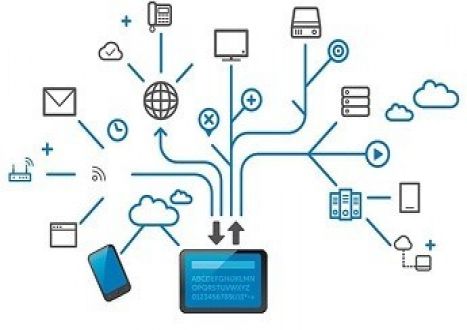

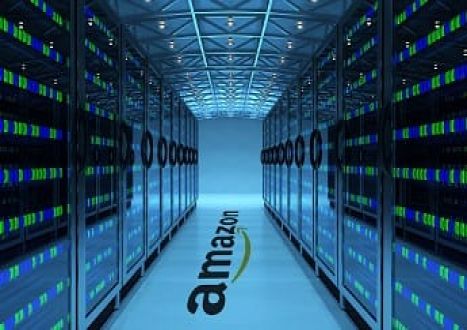
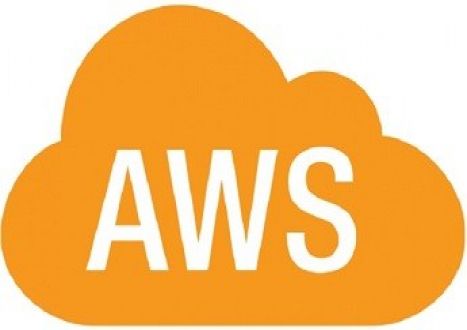
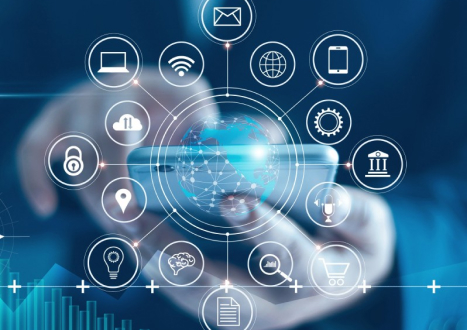

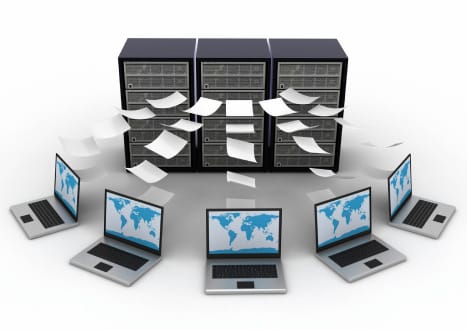

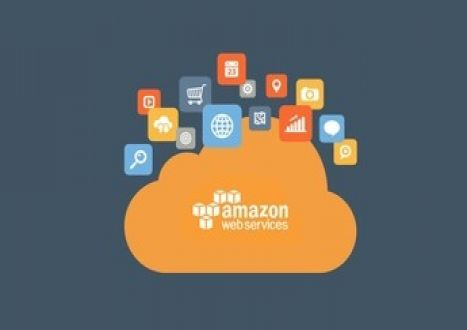
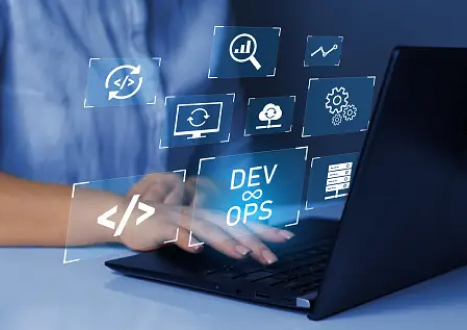


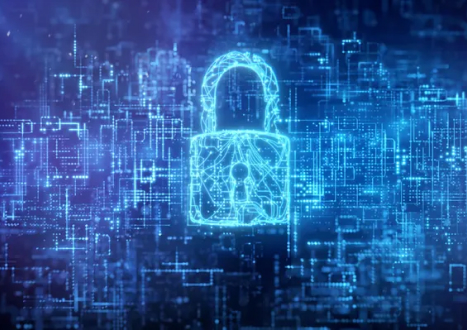
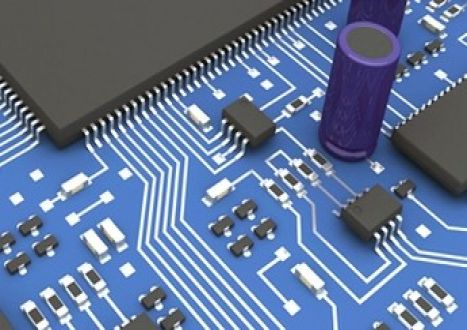


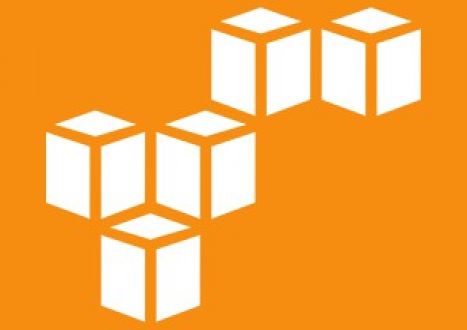
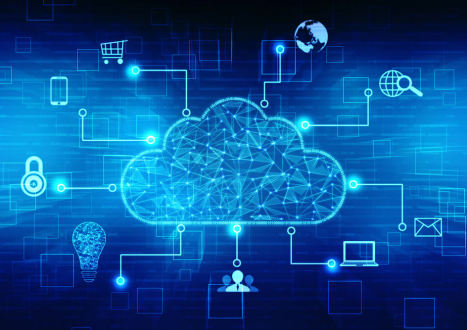
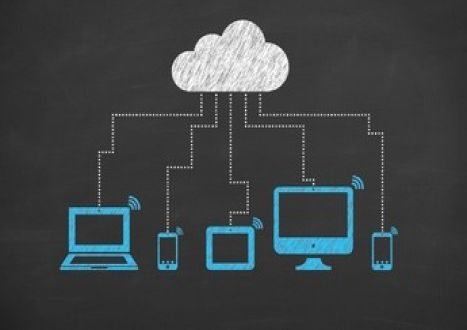

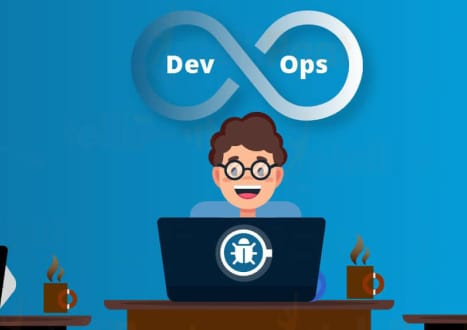


















Only Registered Members Can Download VCE Files or View Training Courses
Please fill out your email address below in order to Download VCE files or view Training Courses. Registration is Free and Easy - you simply need to provide an email address.
- Trusted By 1.2M IT Certification Candidates Every Month
- VCE Files Simulate Real Exam Environment
- Instant Download After Registration.
Log into your ExamCollection Account
Please Log In to download VCE file or view Training Course
Only registered Examcollection.com members can download vce files or view training courses.




